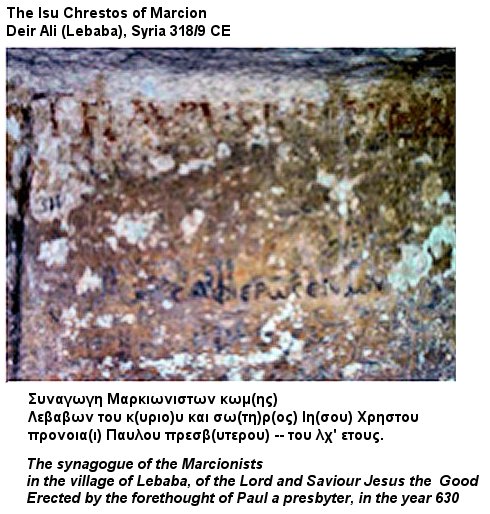 I believe the rabbinic tradition over the surviving texts of Josephus when they identify Alexandria as the place where a replica Jewish temple was built for Egyptian believers. Lee Levine has noticed much the same thing when commenting on Ilai's description of this building cited in the Tosefta. Levine writes:
I believe the rabbinic tradition over the surviving texts of Josephus when they identify Alexandria as the place where a replica Jewish temple was built for Egyptian believers. Lee Levine has noticed much the same thing when commenting on Ilai's description of this building cited in the Tosefta. Levine writes:It is quite obvious that many phrases in this source recall descriptions of the Jerusalem Temple found in Josephus as well as elsewhere in rabbinic literature. On the Temple Mount, we are told, there was a large area enclosed by a double stoa ('a stoa within a stoa'), at one end of which was a basilica (i.e. a royal stoa) of colossal proportions. The placing of a platform in the center of the Alexandrian synagogue and the custom of waving kerchiefs is likewise reminiscent of Temple practice. At the Haqbel celebration held in the Temple every seven years, a special wooden platform was constructed for the reading of the Torah; whenever the high priest would officiate in the daily ritual, a Temple functionary would stand by the altar and signal by waving a kerchief. Even the opening phrase of the above-quoted tradition ('Whoever has not seen the double stoa ... of Alexandria has never in his life seen the glory of Israel') is remarkably similar to the hyperboles occasionally used in rabbinic literature when introducing Temple related matters. Therefore it is quite in place to ask whether these literary parallels do not, in effect undermine the historical veracity of our source. Perhaps the transmitter of the Alexandrian synagogue description, R Judah b Ilai (or someone before him) had collected a series of phrases that originally related to the Temple and appended them to a description of the well-known Alexandrian synagogue, even though they had no basis in reality.[p. 95]
You see my friends, this is how scholars inevitably work. They make one GOOD observation - i.e. that the description of the Jewish house of God in Alexandria resembles parallel accounts of the Jerusalem temple. However they inevitably proceed to develop their arguments in the wrong direction. In this case, Jewish scholars inevitably cower in front of the 'authority' of Josephus who identifies the replica temple as being located in Leontopolis.
Of course as we have demonstrated neither the rabbinic tradition nor Philo has ever heard of a Jewish temple being built in Leontopolis. The only place that such a building would have belonged was Alexandria and so all of them confirm that this was the location of the center of Jewish worship in Egypt. But Jewish scholars and scholars of Judaism as I said inevitably cower in front of the authority of Josephus for reasons I will never understand.
The replica temple was located in Alexandria as we shall soon demonstrate ...






















































